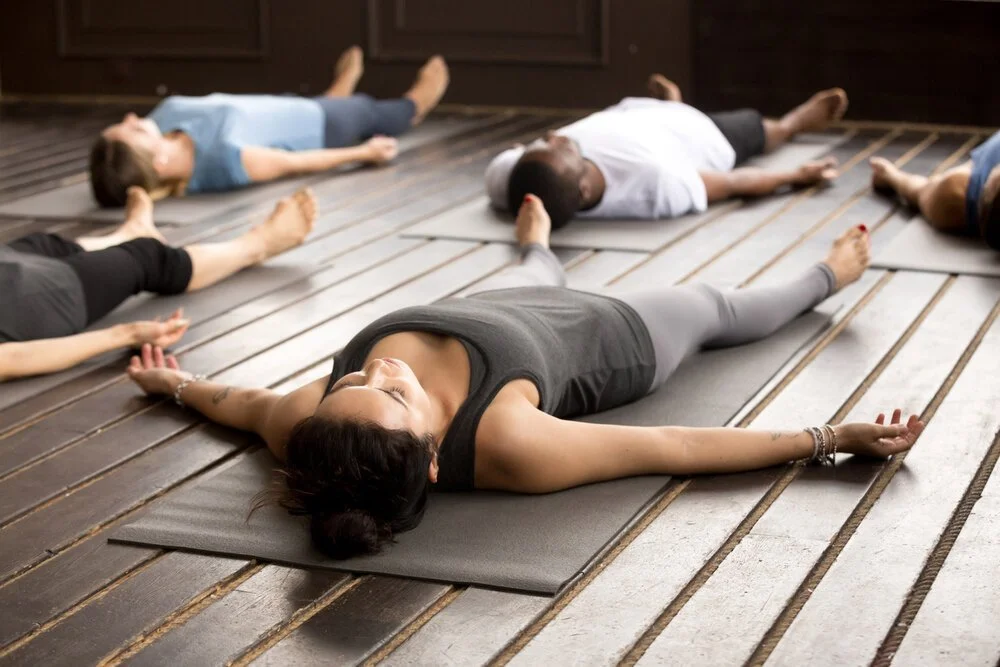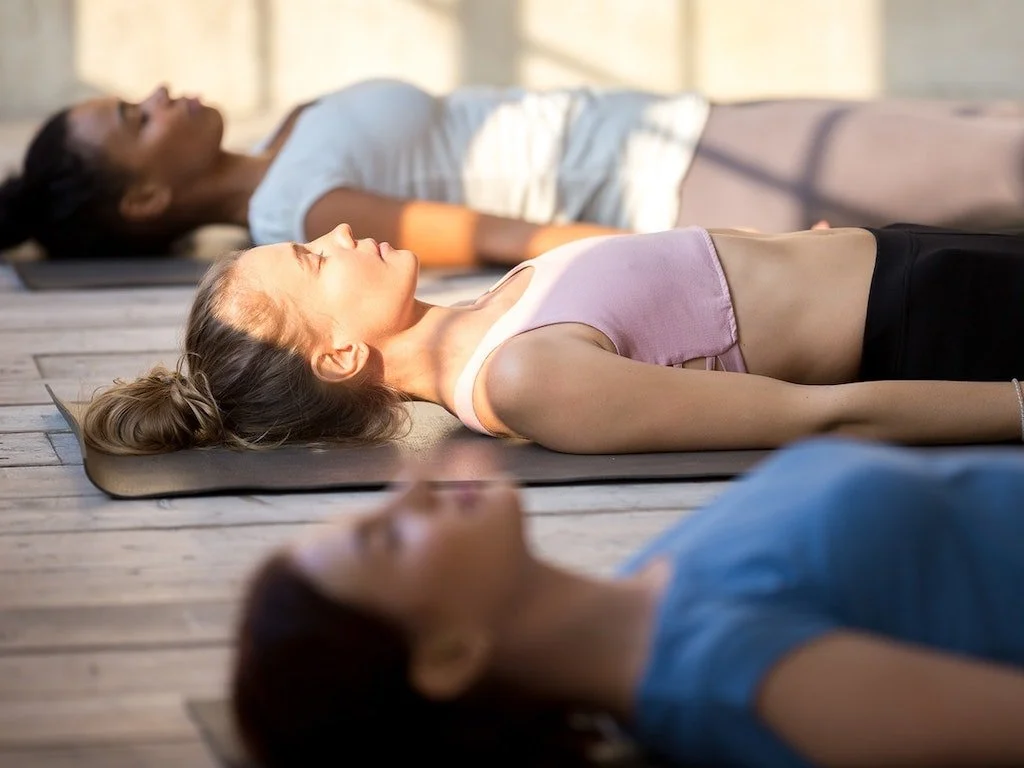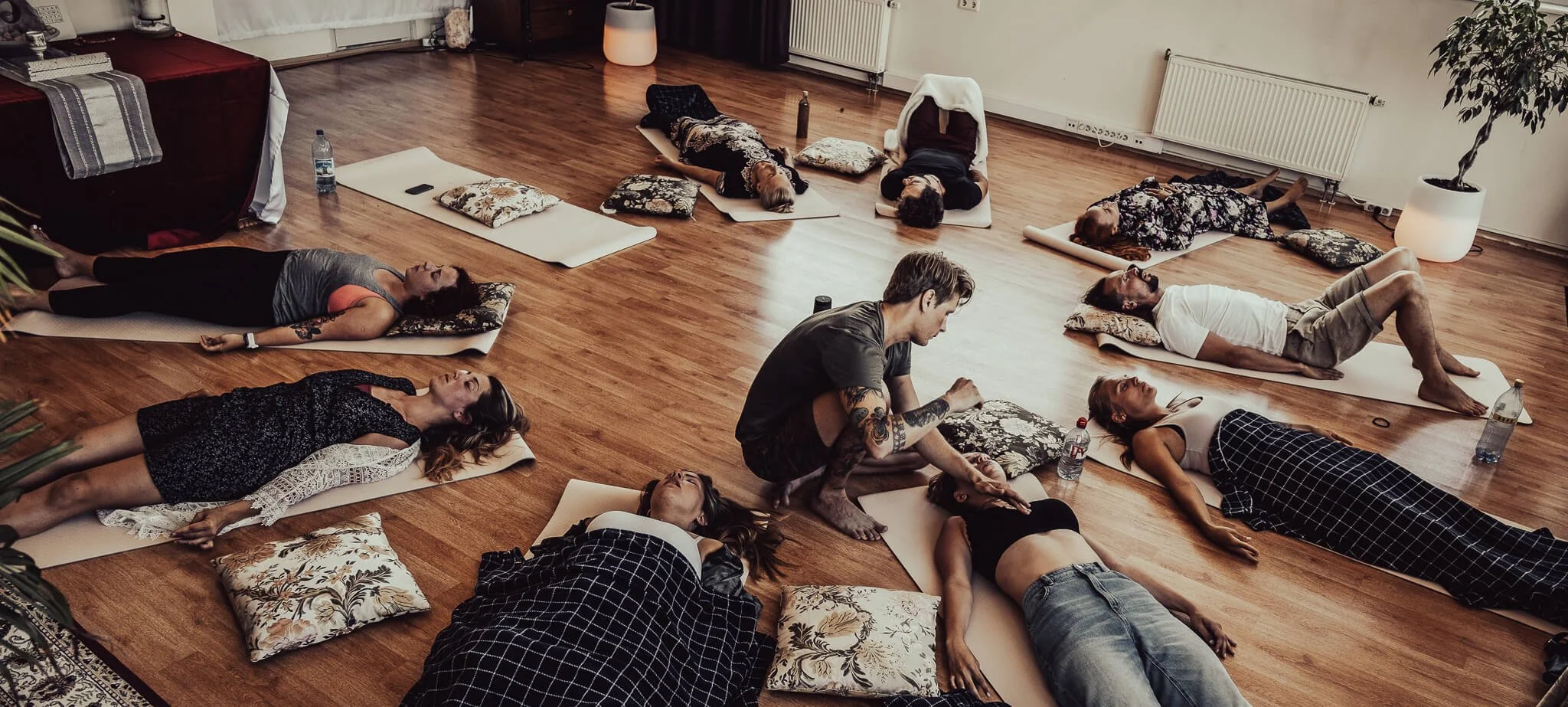
Embodied Somatic Breathwork - coming Home into our Bodies
-

Physical
More Energy and Performance
Most people only use 40% of their potential lung capacity.
Focusing on Biomechanics this Breathwork can help opening up the Breath allowing oxygen to reach into the whole respiratory system. This will stimulate your lymphatic system removing toxins and waste from your body leaving you feeling lighter and more energised
-

Mental
Manages Stress, Anxiety, Overwelm and Headaches
After around 11 minutes of Breathing your Monkey Mind (Prefrontal cortex) will shut down leaving you in a flow, meditative like state. This will activate your parasympathetic nervous system (rest and digest) leaving you feeling calm and grounded.
With specific Breathing techniques you can regulate your nervous system anytime, anywhere - From protection to connection
-

Emotional
Release and Integrate Trauma, Improving Sleep pattern
Any unexpressed pain, anger, guilt or even joy will remain in the body until you allow it to release. Emotions are Energy in motion. Without expression they will get suppressed into our subconscious. We are living the Trauma rather then living with integrated Trauma memories.
Breathwork allows you to safely access suppressed memories and emotions , release and then integrate them.
-

Personal/Social
Trusting Intuition, Stepping into Authenticity, Reducing social Anxiety
A common effect after Breathwork is a sense of self Trust, self Worth and a Glow in peoples eyes. A deep remembering of who we are, where we belong and a giving love for the world around us.
Separating our self worth from what we do allows us to create the believe that ‘We are enough’
The Science & Research
We are keen to build an evidence base for the breathwork offered to clients. Here are references for research supporting the use of diaphragmatic breathing – a major component of Embodied Somatic Breathing.
Approximately 1 in 10 people have symptoms of dysfunctional breathing (Thomas 2005) but we all have negative experiences and these can affect our breathing patterns (Upton 2012).
Studies have found that breathwork practices can help reduce symptoms associated with anxiety, insomnia, post-traumatic stress disorder, depression and attention deficitdisorder to name a few.
Dysfunctional breathing is related to:
Decreased emotional wellbeing (Hagman et al. 2008).
Poorer asthma control(Upton et al 2012).
Decreased heart rate variability (HRV) (Courtney et al, 2011) a measure of the ability to adapt to stress and environmental demands.
Embodied Somatic Breathwork encourages a conscious connected diaphragmatic breath. Diaphragmatic breathing may:
Be employed as an effective therapy in reducing the oxidative stress which is implicated in the cause of many diseases(Martarelli et al, 2011).
Improve gastroesophageal reflux disease(Eherer et al, 2012).
Decrease pre-surgical mood-disturbance and increased immune functioning of cancer patients after surgery(Cohen et al, 2011).
Improve the level of reported symptoms, quality of life and psychological impact of asthma (Bruton et al, 2011).
Significantly improve HRV with a favourable prognostic picture in ischemic heart disease patients who have diabetes (Kulur et al, 2009).
Be useful in migraine and had significantly better long-term prophylactic effect than propranolol in migraine(Kaushik et al, 2009).
Diaphragmatic breathing can also improve our well-being. It has been found to:
Contribute to the development of alpha EEG connected with relaxed mental states in meditation(Arambula et al, 2001).
Decrease stress levels (Christakis et al, 2012).
Relieve ‘tension-anxiety’ and fatigue in patients with gynaecological cancer undergoing adjuvant chemotherapy (Hayama et al, 2012).
An adapted form of Breathwork has been found to increase creativity (Colzato LS et al, 2012).
This information is intended for informational purposes only. It is not intended to diagnose, mitigate, treat or cure any disease or condition. No claims are made as to specific health benefits. Individuals should consult a qualified health care provider for medical advice. The user assumes all responsibility and risk for the use of the information.






